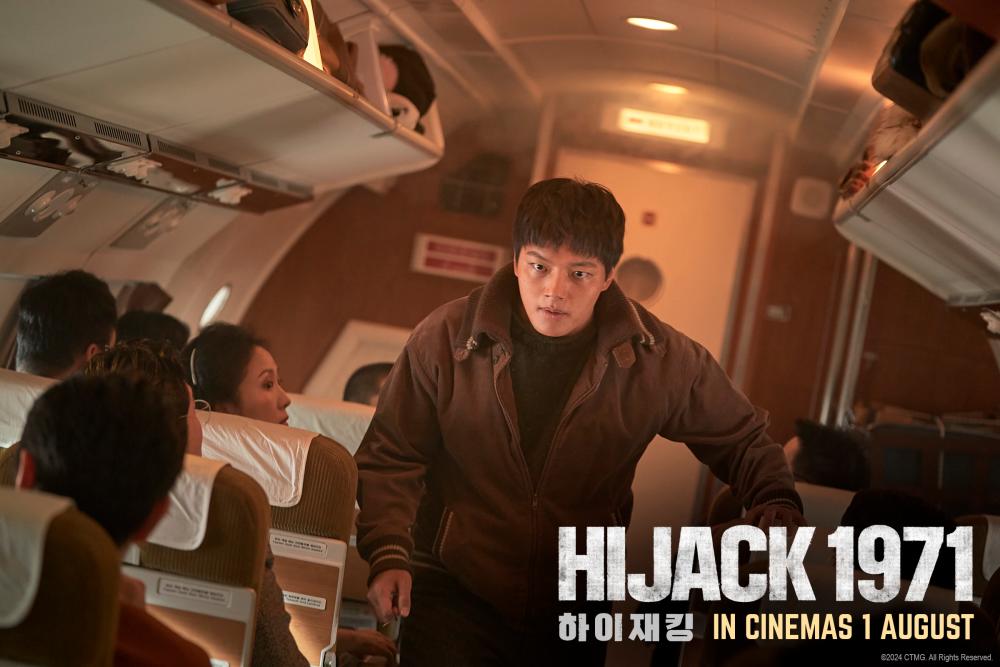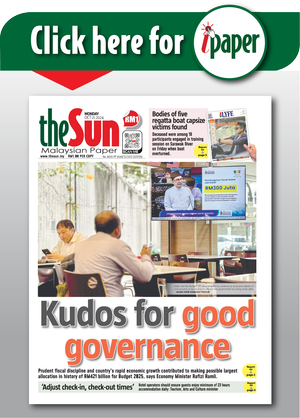SOUTH Korean disaster film Hijack 1971, directed by Kim Seong-han and penned by Kim Kyeong-chan, plunges audiences into the harrowing experience of a real-life hijacking attempt of a Korean Air F27 airliner.
This gripping drama, featuring standout performances by Ha Jung-woo, Yeo Jin-goo, Sung Dong-il and Chae Soo-bin, is a cinematic rollercoaster that compels viewers to empathise and reflect on the frailty and resilience of human life in extreme circumstances.
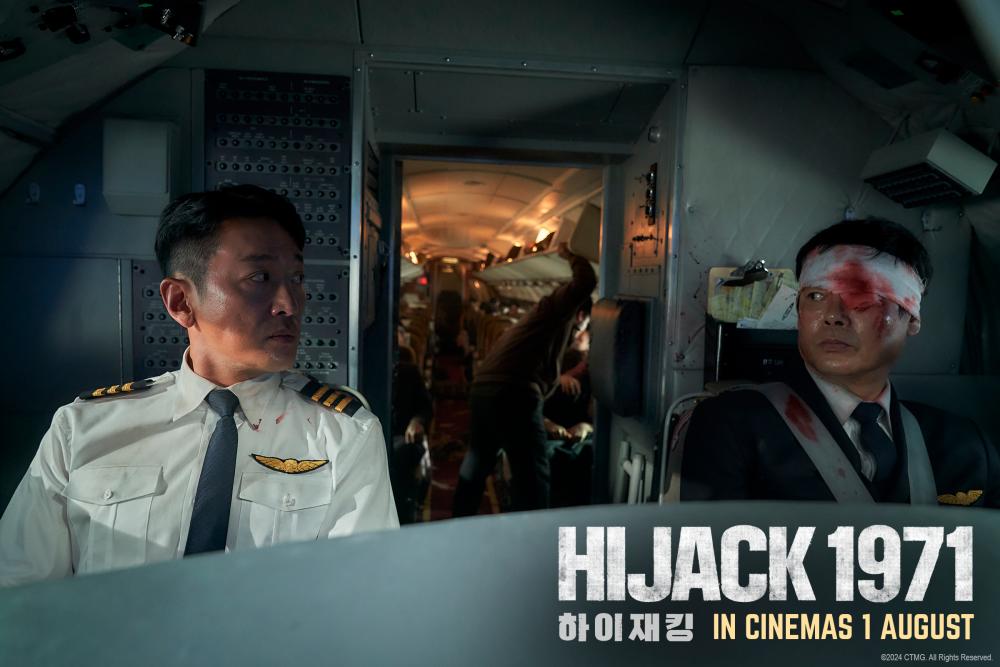
Chaos at 30,000 feet
Set in the cold winter of 1971, the film begins with pilots Tae-in and Gyu-sik preparing for a routine flight from Sokcho Airport to Gimpo. Flight attendant Ok-soon ensures the passengers are settled in, oblivious to the imminent danger. Shortly after takeoff, a homemade bomb detonates, throwing the cabin into utter chaos.
Yong-dae, the mastermind behind the hijacking, takes control of the cockpit, threatening to redirect the plane to North Korea. The explosion leaves Gyu-sik blinded in one eye while Tae-in, amid the pandemonium, must summon every ounce of courage and skill to navigate the dire situation. The film recounts their desperate struggle to land the plane safely, making every moment count.
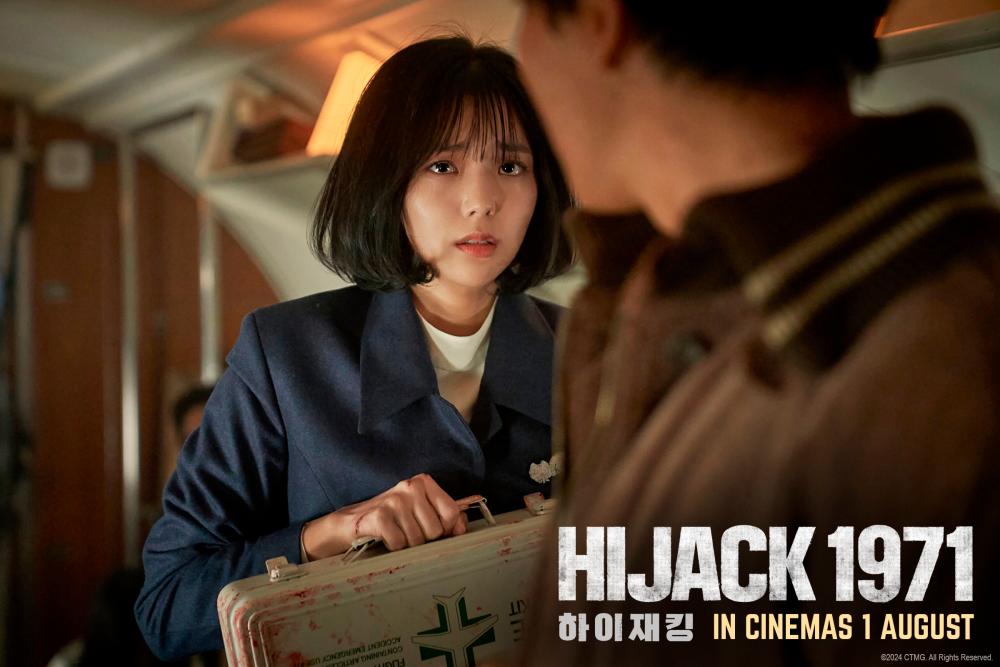
Characters with depth
The performances in Hijack 1971 are nothing short of stellar. Ha’s portrayal of Tae-in, the first officer, is commanding and vulnerable. He captures the essence of a man torn between duty and the overwhelming urge to survive. Sung’s Gyu-sik, the seasoned captain, brings a gravitas to the film, his character’s injury adding a layer of poignancy to the narrative.
Yeo as Yong-dae, the hijacker, is a revelation. His character is not painted with broad strokes of villainy but is given depth and complexity. The film cleverly explores his motivations, hinting at the desperation and ideological fervour that drive his actions. This nuanced portrayal ensures audiences see the humanity within the antagonist, reinforcing the idea that there are victims even within the evil.
Chae’s Ok-soon, the flight attendant, is the heart of the film. Her bravery and quick thinking amid the terror provide a beacon of hope. Her interactions with the passengers and crew are some of the film’s most touching moments, showcasing the indomitable human spirit.
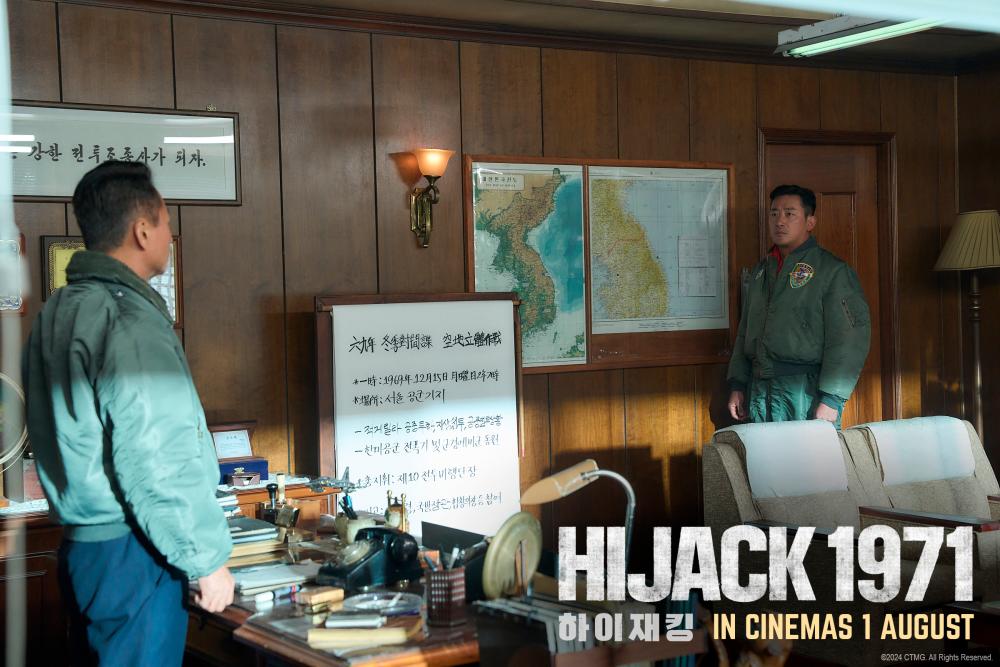
Masterclass in direction
Director Kim masterfully balances high-stakes tension with profound emotional beats. The film’s pacing is relentless, with each scene ratcheting up the suspense. The chaos and claustrophobia of the hijacked plane are palpable, pulling the audience into the harrowing experience. Yet, amid the adrenaline, the film takes time to delve into the characters’ backstories, allowing viewers to connect deeply with their struggles and fears.
The cinematography and sound design play crucial roles in heightening the tension. The shaky, hand-held camera work during the bomb explosion and subsequent hijacking immerses the audience in the chaos. The sound of the plane’s engines, the panicked voices of passengers and the ominous threats from Yong-dae create an atmosphere of dread and urgency.
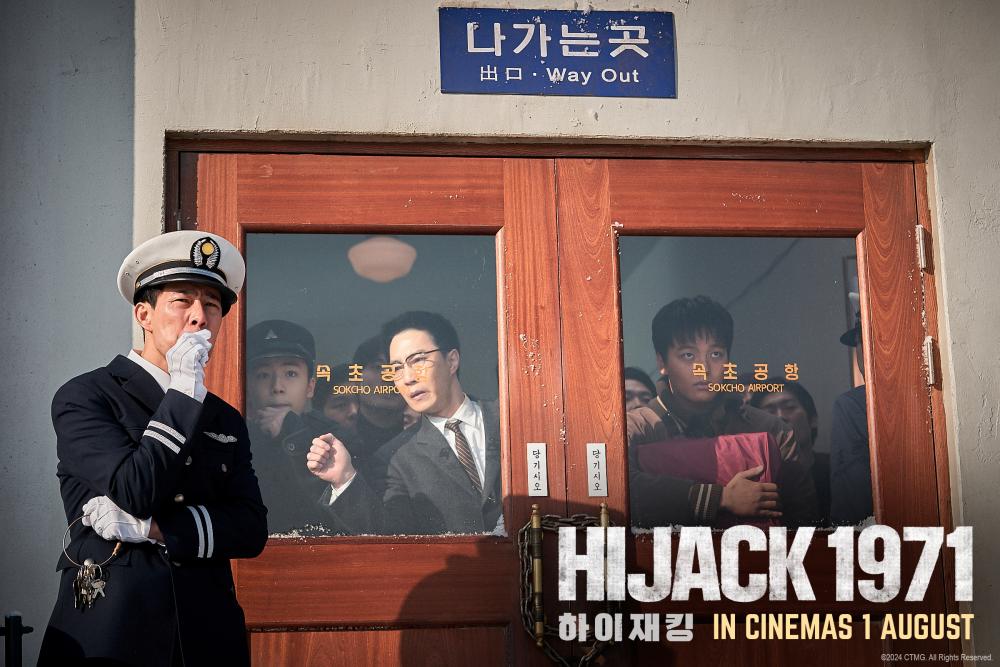
Historical accuracy with cinematic flair
Hijack 1971 does justice to the real-life incident that inspired it. The filmmakers have meticulously recreated the period details, from the design of the aircraft to the uniforms of the crew. This attention to authenticity grounds the film, making the unfolding drama all the more believable.
However, the film is not just a dry retelling of historical events. It infuses the narrative with cinematic flair, ensuring it is as engaging as it is educational. The screenplay cleverly balances fact with fiction, adding layers of character development and dramatic tension that keep audiences on the edge of their seats.
Story of survival and human spirit
At its core, Hijack 1971 is a story about survival and the resilience of the human spirit. The film explores how ordinary people react when thrust into extraordinary situations. It examines the choices they make, the fears they confront and the courage they muster. This exploration of human nature is what makes the film compelling.
The interplay between the characters, particularly the dynamic between Tae-in and Yong-dae, is a study in contrasts. Tae-in’s unwavering commitment to his duty and his passengers is pitted against Yong-dae’s desperate actions born out of ideological conviction. Their interactions are fraught with tension but also moments of unexpected empathy.
Cinematic experience
Hijack 1971 is a film that demands to be seen. It is a gripping, emotional rollercoaster that offers a window into a harrowing chapter of aviation history. The film’s ability to make audiences feel and empathise with the characters is a testament to its powerful storytelling and exceptional performances.
To watch this film is to go on a journey of fear, hope and humanity. It reminds viewers that even in the face of unimaginable terror, the human spirit can shine brightly. The film’s nuanced portrayal of its characters, particularly the antagonist, underscores the idea that not everything is black and white, adding depth to the narrative.
For those seeking a film that combines historical accuracy with emotional depth and cinematic thrills, Hijack 1971 is a must-watch. It honours the real-life heroes of the incident while providing a riveting, empathetic and uplifting viewing experience. In capturing the essence of the original event and adding layers of cinematic artistry, Hijack 1971 stands as a shining example of storytelling done right.
Hijack 1971 is showing in cinemas.
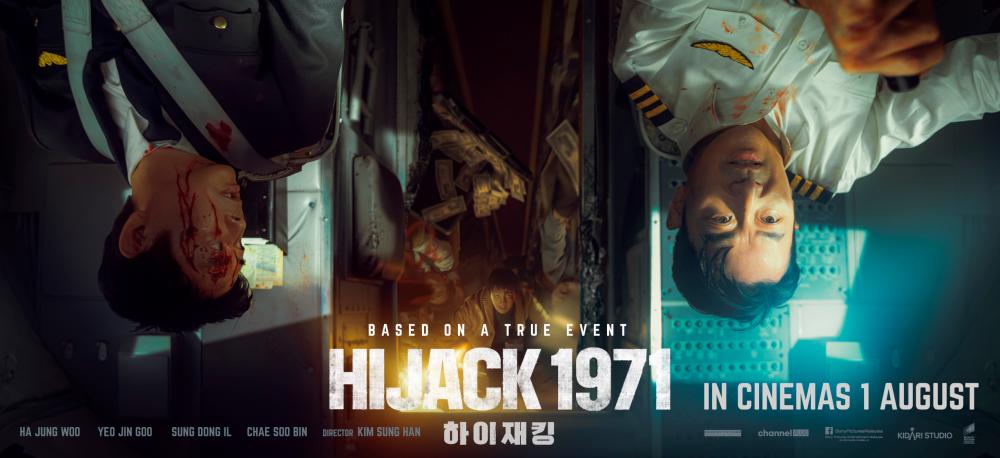
DIRECTOR: Kim Seong-han
CAST: Ha Jung-woo, Yeo Jin-goo, Sung Dong-il, Chae Soo-bin
E-VALUE: 8/10
PLOT: 8/10
ACTING: 8/10



